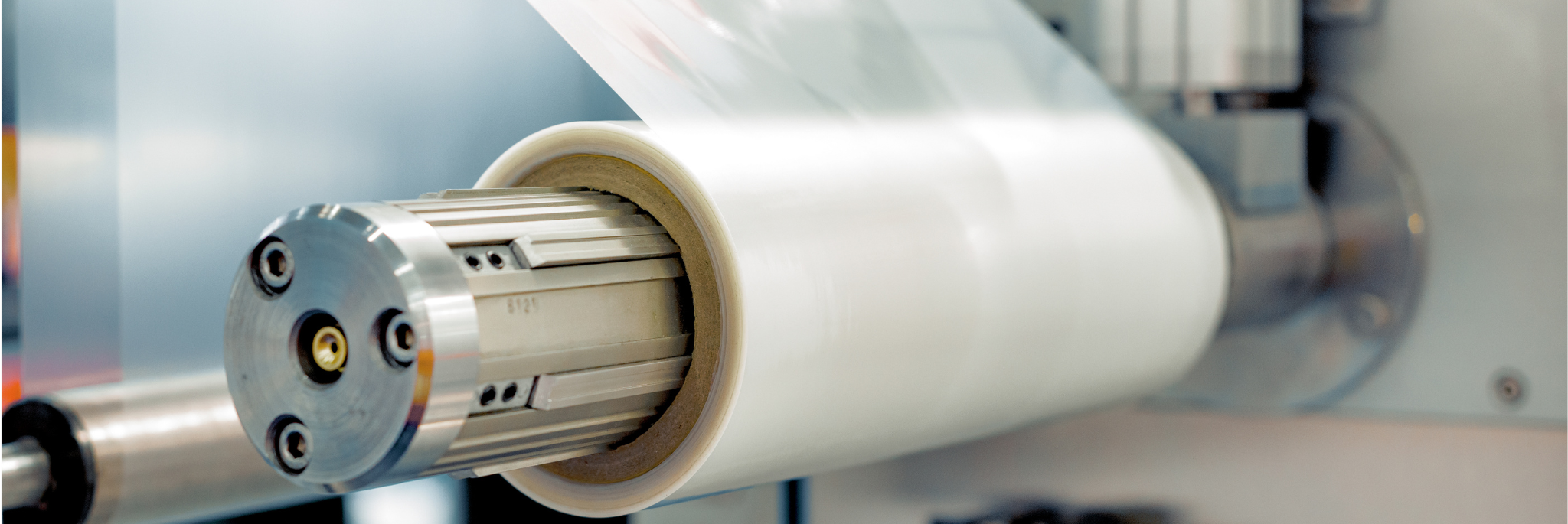How Is Blown Hand or Machine Film Manufactured
Blown hand and machine film is used in a wide range of industries to secure, protect and stabiles pallets for transport. The manufacturing process involves specific steps using intricate machinery to ensure quality and consistency. This article will take a closer look at Blown Film production.
Resin Preparation
The process begins with plastic pellets, usually made of polyethylene. Different pellet types can be mixed in to alter colours, increase UV stabilising and to enhance the films clinginess. This is a meticulous job to ensure the blend results in a quality film is manufactured.
Extrusion
Following on from resin preparation, the mix is fed into a heated extruder machine. The mix is melted at a high temperature, upwards of 200 Celsius, and is melted until the mix reaches its desired thickness. The consistency is vital to ensure the quality of the film for the rest of the production process.
Blown Film Process
Different to cast film production, which involves extruding the molten plastic onto a flat surface, blown film production forces the molten plastic through a ring-shaped (donut shaped) die, with air blown into the centre of the extruded stream.
The melted plastic is inflated into a bubble, creating a thin tube-like shape of film. The airflow supports the film as is access, whilst cool air is applied to solidify the film to its desired thickness. This allows for precise control over the thickness and properties of the film.
Winding
Once the film has solidified, it is ready for winding. The solidified film tube is collapsed and pulled upwards, ensuring smooth and consistent winding. The film is then wound onto large rolls, ready for further processing.
Blown or Cast Film?
Whether you use hand or machine film, we can help you make the correct decision on what film is best suited for your needs and budget. Let's chat! Get in touch at sales@pluspkg.com or call us on +44 151 486 4800.
